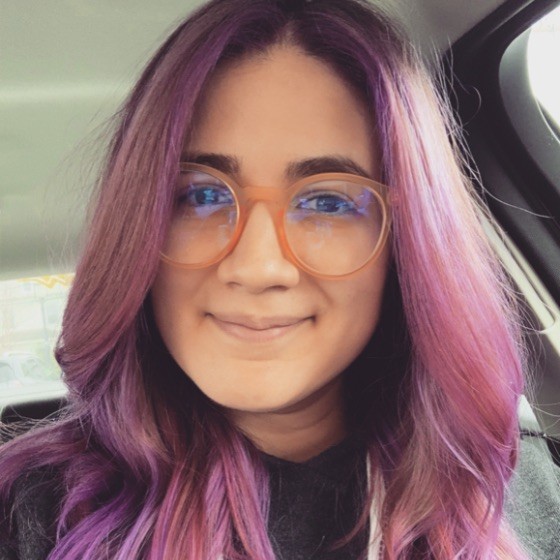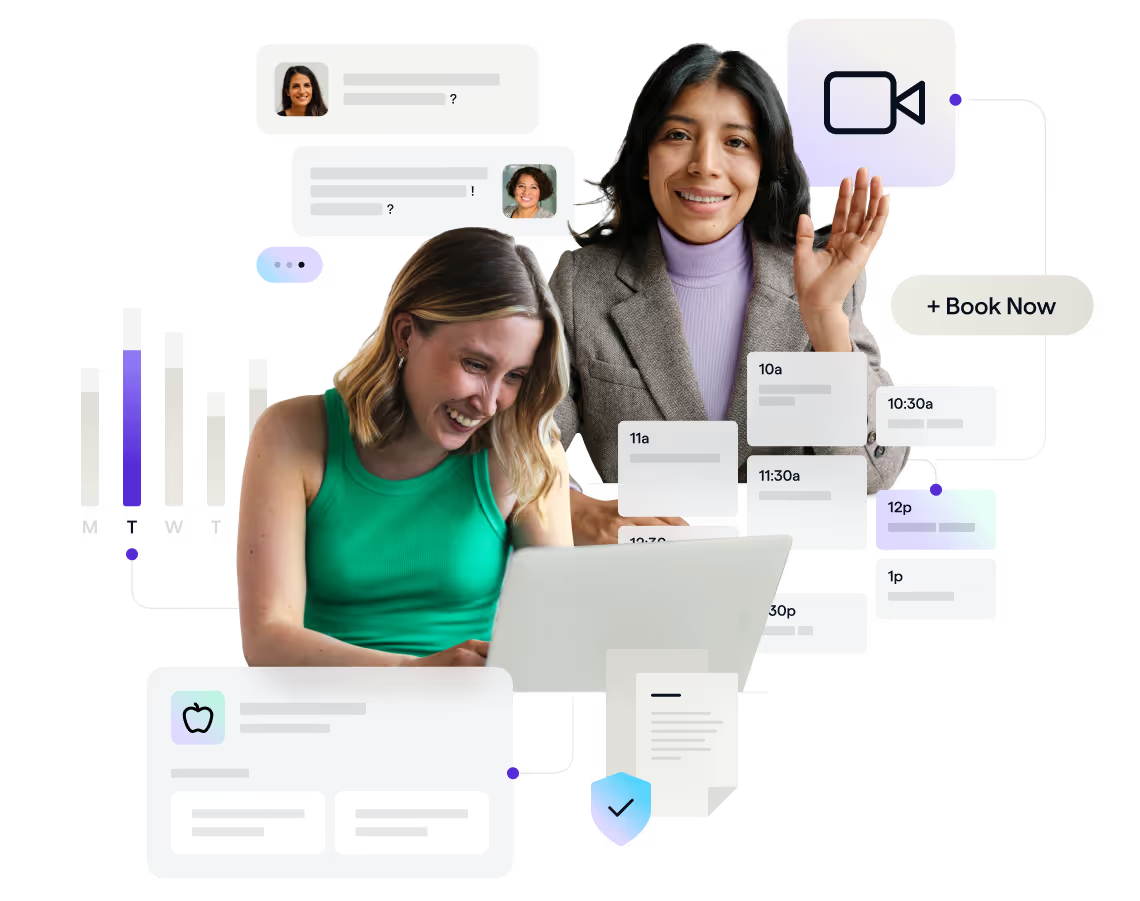
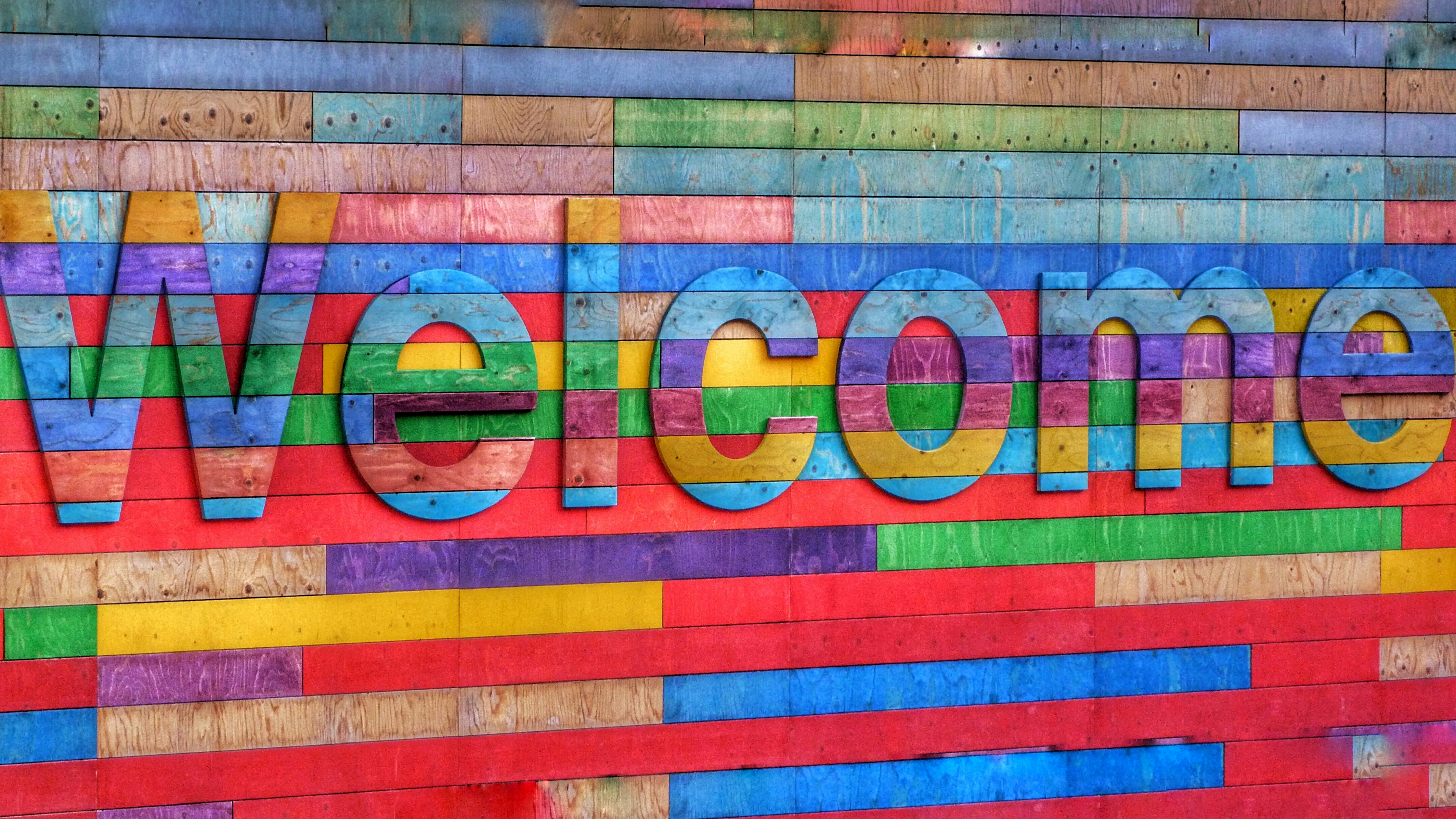
The clinician’s way to welcoming new clients to your practice [Expert Video + Free Template]
In our 60-second expert video, Krissy explains how to welcome new clients to your practice. And why a little touch upfront, can have lasting effects down the road.
First impressions matter—especially in healthcare.
When new clients join your private practice, their initial experience sets the tone for your entire professional relationship. A thoughtful welcome process doesn't just make clients feel valued; it builds the foundation for trust, loyalty, and referrals that fuel practice growth.
Many solo providers and small practice owners underestimate the power of a structured welcome process. You're juggling patient care, administrative tasks, billing, and marketing—often feeling like there aren't enough hours in the day.
But here's the thing: investing time upfront to create an effective welcome system actually saves you time later while strengthening client relationships from day one.
This guide walks you through why welcoming new clients matters, what elements make a welcome message effective, and how to automate the process so it runs smoothly without eating into your valuable time.
The Significance of a Warm Welcome
Building Trust and Rapport
Trust forms the cornerstone of any successful healthcare relationship. When clients receive a personalized welcome message, they immediately feel acknowledged as individuals rather than just another appointment on your calendar. This personal touch demonstrates that you value their decision to entrust you with their care—a choice that often takes courage, especially in behavioral health and nutrition counseling.
Research shows that clients who feel welcomed and valued are more likely to be honest about their challenges, follow treatment recommendations, and maintain long-term engagement with their provider. A warm welcome message creates psychological safety from the start.
Setting Expectations Early
Clear communication prevents misunderstandings down the road. Your welcome message provides the perfect opportunity to set realistic expectations about response times, appointment scheduling, emergency protocols, and communication preferences. When clients know what to expect, they're less likely to feel frustrated or confused about your practice's processes.
This proactive approach reduces the number of administrative questions you'll field later, freeing up time for actual patient care. It also positions you as organized and professional—qualities that matter deeply to clients seeking healthcare services.
Encouraging Referrals and Loyalty
Clients who feel welcomed, appreciated, and well-informed become your best ambassadors. They're more likely to refer friends, family members, and colleagues to your practice.
Word-of-mouth referrals from satisfied clients carry more weight than any marketing campaign because they come with built-in trust and credibility.
A positive onboarding experience also improves client retention. When people feel connected to their provider from the beginning, they're less likely to switch practices or abandon treatment prematurely.
Essential Elements of a Welcome Message
Appreciation and Gratitude
Start your welcome message by expressing genuine appreciation for their trust. Acknowledge that choosing a healthcare provider is a significant decision, and thank them for selecting your practice. This simple gesture goes a long way toward making clients feel valued and respected.
Avoid generic language like "Thank you for your business." Instead, use phrases like "Thank you for trusting me with your care" or "I appreciate the opportunity to support your health journey." The difference in tone is subtle but meaningful.
Clear Communication Channels
Specify how clients can reach you and through which channels. Do you prefer phone calls, secure messaging through your practice management platform, or email for non-urgent matters? Be explicit about which communication methods you use for different types of inquiries.
If you use a patient portal or practice management system like Healthie, explain how clients can access these tools and what they can accomplish through each platform. The clearer you are about communication preferences, the smoother your interactions will be.
Expectations for Response Times
One of the biggest sources of client anxiety involves uncertainty about when they'll hear back from their provider. Set clear expectations about response times for different types of communication. For example, you might specify that you respond to non-urgent messages within 24-48 hours on business days, while urgent concerns should be addressed through your emergency protocol.
Be realistic about your response times. It's better to under-promise and over-deliver than to create expectations you can't consistently meet. If you typically respond to messages within four hours, promise 24-hour response times so you exceed expectations regularly.
{{free-trial-signup}}
Setting Boundaries
Professional boundaries protect both you and your clients. Use your welcome message to clarify important boundaries around communication times, emergency procedures, scope of services, and cancellation policies. This isn't about being rigid—it's about creating a framework that allows you to provide consistent, high-quality care.
For instance, you might specify that you don't respond to non-emergency messages on weekends, or explain your policy for handling after-hours concerns. Clear boundaries actually enhance the therapeutic relationship by creating predictability and respect.
Automating Your Welcome Process
Tools and Platforms for Automation
Technology can streamline your welcome process without sacrificing personalization. Practice management platforms like Healthie allow you to create automated welcome sequences that trigger when new clients join your practice. These systems can send welcome emails, share important documents, and even schedule follow-up check-ins.
Email marketing platforms like Mailchimp also offer automation features for client onboarding sequences. You can create a series of welcome emails that deliver valuable information over several days or weeks, helping new clients feel supported during their transition into your practice.
Choose tools that integrate with your existing systems to avoid creating additional administrative work. The goal is to enhance efficiency, not add complexity to your workflow.
Benefits of Automation
Automation ensures consistency in your welcome process. Every new client receives the same high-quality experience regardless of how busy you are or what else is happening in your practice. This consistency builds trust and demonstrates professionalism.
Automated welcome sequences also allow you to deliver more value than you could manage manually. You can share educational resources, introduce your practice philosophy, and provide helpful tips—all without investing additional time for each new client.
Perhaps most importantly, automation frees you to focus on what you do best: providing excellent patient care. Instead of spending time on repetitive administrative tasks, you can dedicate your energy to clinical work and strategic practice development.
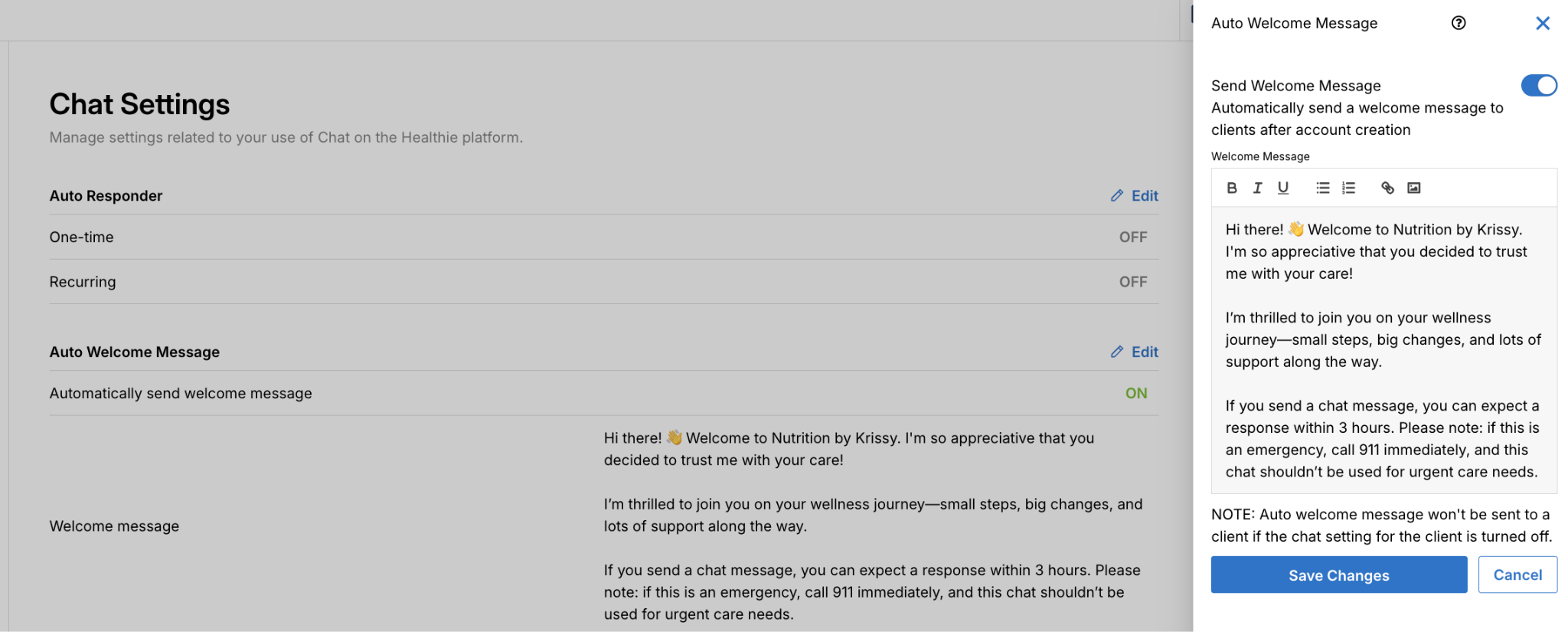
Welcome Email Template
Here's a template you can customize for your practice:
Subject: Welcome to [Practice Name], [Client Name]!
Dear [Client Name],
Thank you for trusting me with your care. I understand that choosing a healthcare provider is an important decision, and I'm honored that you've selected my practice to support your [nutrition/wellness/mental health] journey.
I'm excited to work with you and help you achieve your goals. Over the coming weeks, we'll collaborate to create a personalized plan that fits your lifestyle and preferences.
How to Reach Me:
- For non-urgent questions: Send a secure message through your patient portal
- For scheduling: Call [phone number] or use the online booking system
- For urgent concerns: Call [phone number] and follow the prompts
What to Expect:
- I typically respond to messages within 24 hours on business days
- Our first session will focus on understanding your goals and health history
- I'll provide resources and tools to support your progress between sessions
Before Our First Meeting:
Please complete the intake forms in your patient portal and don't hesitate to jot down any questions you'd like to discuss during our first session.
I look forward to meeting you and supporting your health journey. If you have any questions before our first appointment, please don't hesitate to reach out.
Warm regards,
[Your name and credentials]
[Practice name]
[Contact information]
Creating Lasting Connections Through Thoughtful Onboarding
A well-crafted welcome process does more than introduce new clients to your practice—it establishes the foundation for a successful therapeutic relationship. When you take time to express appreciation, set clear expectations, and provide helpful guidance, you demonstrate the same care and attention that clients can expect from your clinical services.
Remember, your welcome message often represents a client's first detailed interaction with your practice. Make it count by being genuine, informative, and supportive. The few minutes you invest in perfecting your welcome process will pay dividends through improved client satisfaction, stronger relationships, and increased referrals.
Start by reviewing your current welcome process (or creating one if you don't have it). Consider implementing automated systems that maintain consistency while saving you time. Most importantly, infuse your welcome messages with the same warmth and professionalism that define your clinical practice.
Your future clients—and your practice—will thank you for the investment.
(Video Transcription)
As a solo provider and small practice owner, it's really important that your clients feel welcome to the practice.
And that's why I always tell providers to set up an automatic welcome message to be sent to your clients as they're onboarding to work with you.
In this message, you can obviously welcome them to the practice, but also express appreciation for letting this client trust you with their care.
And you can do a little expectation setting, like how long it may take for them to get a response to a chat message that they may eventually send your way.
This small little touch point helps build trust and connection with your clients, and this can also help with referrals.
If your clients feel like they know, like, and trust you and feel like they can easily reach you, then they're more likely to send clients who need the help that you're offering your way.
